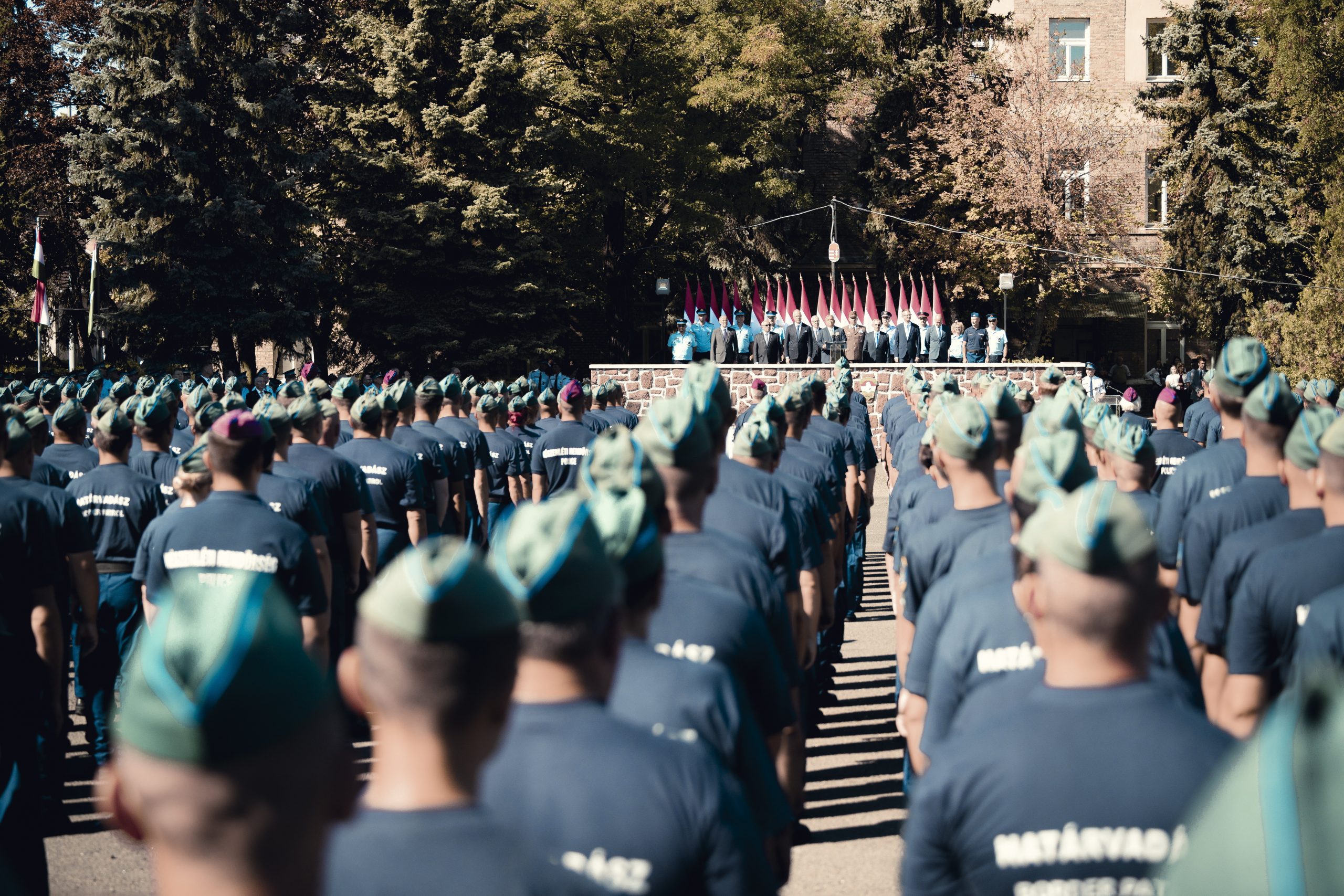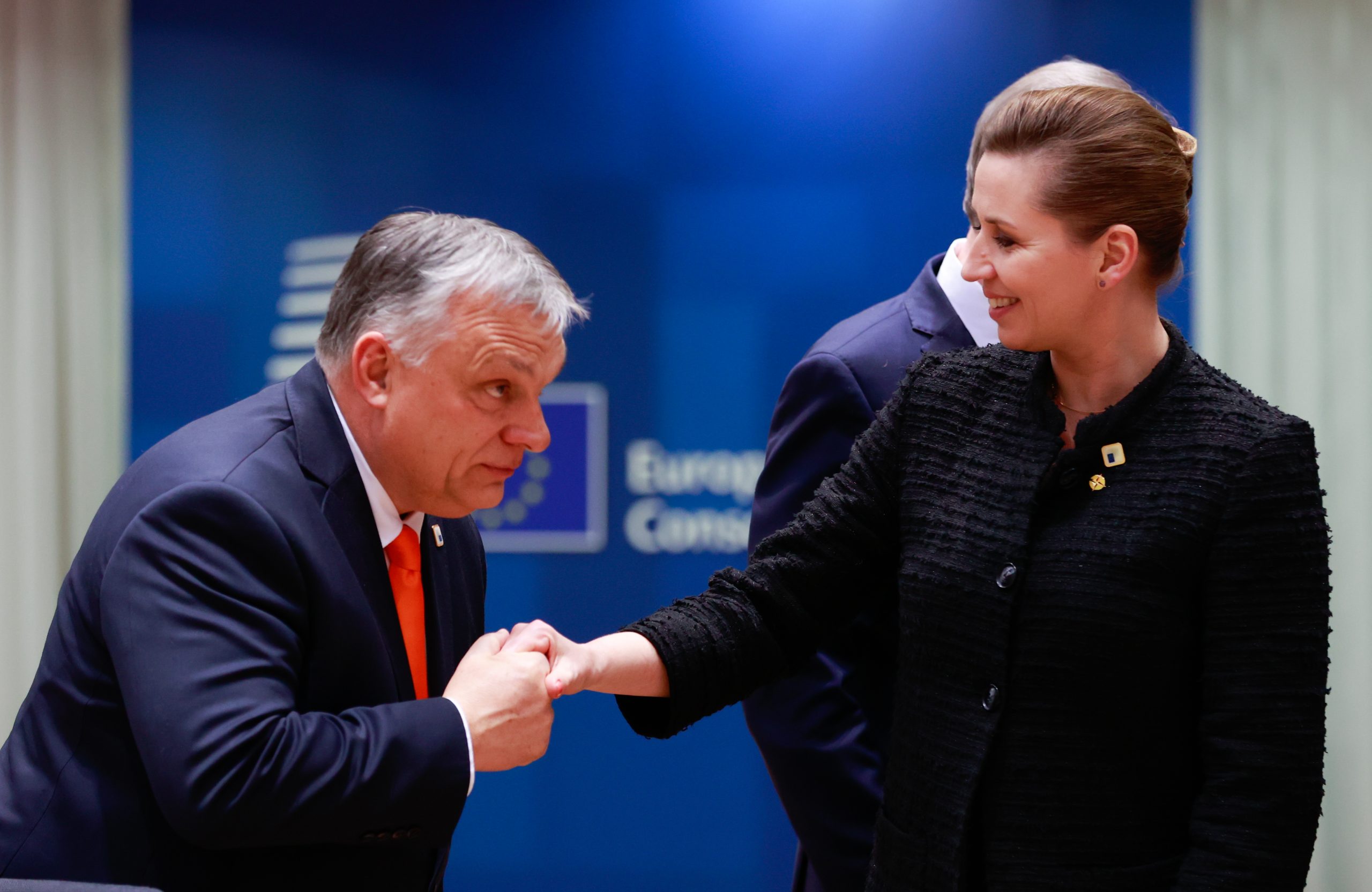
"Since 2015 millions have arrived illegally in Europe from Africa and the Middle East."Continue reading

French newspaper Le Figaro writes about the similarities between Danish and Hungarian migration policies.
Danish Prime Minister Mette Frederiksen has been more and more often compared to her Hungarian counterpart, Viktor Orbán, because of the strict migration policy her social democratic government has been pursuing, French newspaper Le Figaro notes in a recent article about Denmark’s migration policies.
According to a recent analysis by Bianka Speidl, senior research fellow at Hungarian think tank Századvég, Denmark’s immigration and integration policy has changed in several ways over the last forty to fifty years. By 1980, immigrants made up 2.6 percent of Denmark’s population. The liberal Asylum and Immigration Act of 1983 broadened the eligibility to apply for and receive asylum. It also guaranteed immigrants the right to family reunification, extending it to children under 18 and parents over 60. “This legislation has fundamentally changed the demographic composition of the country,” Speidl notes. After three decades, in 2018, 10.2 percent of the population were first-generation immigrants and 3.1 percent second-generation immigrants. “In the public debate, concerns about the failure of integration, culture, and religion have become increasingly prominent,” the researcher adds.
Speidl recalls that similarly to previous center-right governments, the current social democratic government is also pursuing a restrictive migration policy.
The weekly Mandiner has linked Eurostat’s crime statistics to the high proportion of immigrants in the Nordic countries. Denmark, for example, ranked first among the European countries with most reported home burglaries per 100,000 inhabitants in 2019, with 602 incidents.
At the time the Századvég analysis was published, Denmark’s Minister for Immigration and Integration was Mattias Tesfaye, who himself has Ethiopian roots. He is currently serving as the country’s minister of justice. Speidl writes that according to Tesfaye, half of all asylum seekers in Europe are not considered eligible/vulnerable, and the majority are young men.
“Denmark takes a uniquely outspoken position in Western Europe on integration and religious practice. The Danes believe that mass migration hinders integration, as the acquisition of culture is a paramount, time-consuming, and costly process,” the researcher explains, adding that “cultural integration is above all a willingness to live according to democratic values, to accept the equality of men and women and the primacy of the rule of law. It also implies an acknowledgement that religion is not above the law and cannot be used as an instrument to change the society.”
Last September, Tesfaye acknowledged that criticizing Hungarian Prime Minister Viktor Orbán for building the border fence in 2015 was a mistake. He said that border walls are “part of the solution” to refugee flows. “This statement and resilience over the past six years prove that Hungary is a model state as to what is desired and hoped for elsewhere, but is a reality here,” Hungarian Minister of Justice Judit Varga reacted.
Minister for Immigration & Integration of #Denmark @mattiastesfaye stated yesterday that it was a mistake to criticize Viktor Orbán for building fences at the border in 2015. When will the #EU & European leaders finally understand that we should stop #migration?
— Judit Varga (@JuditVarga_EU) September 1, 2021
Featured photo via the European Council